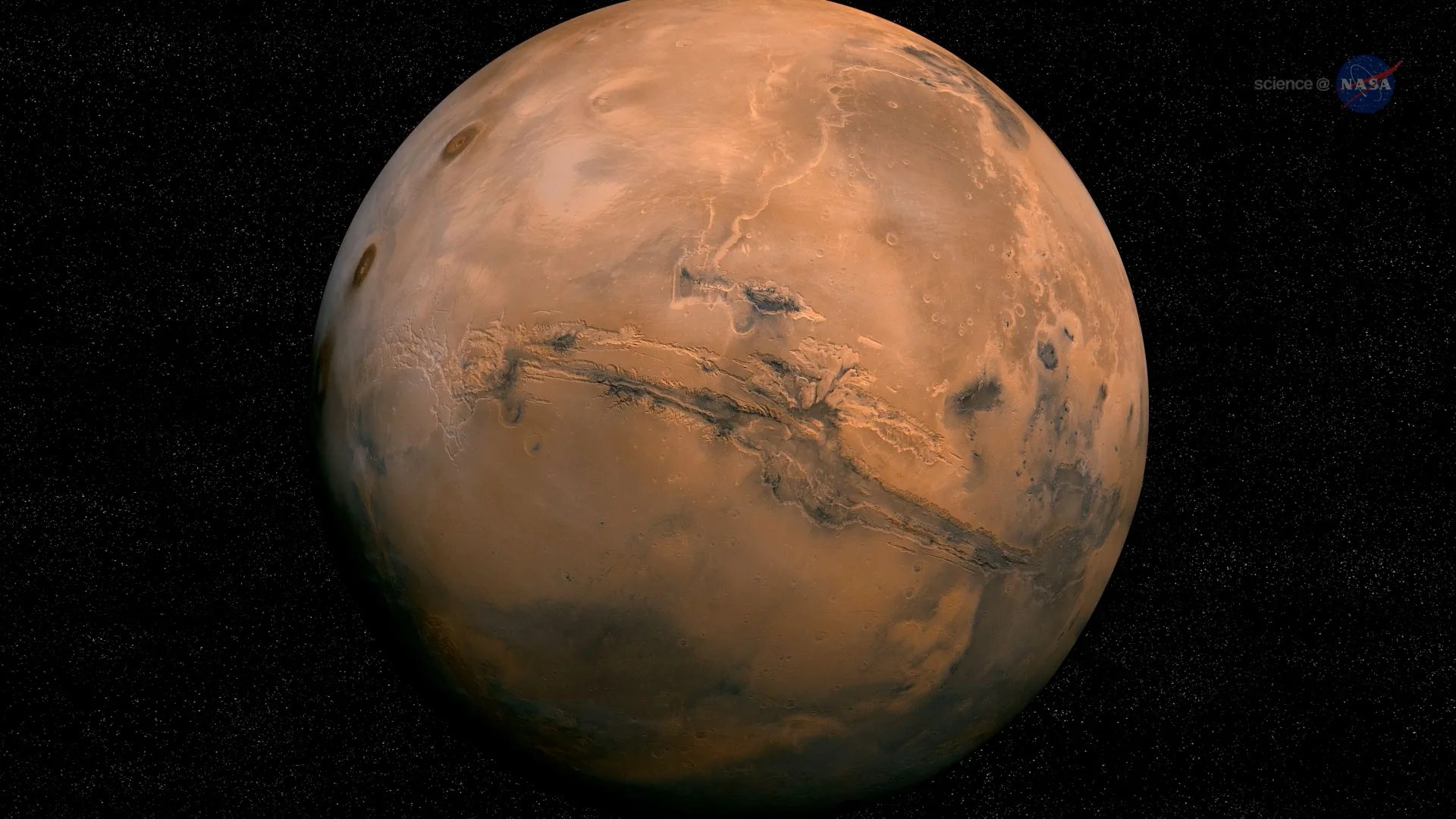
NASA Initiates Competitive Push for Mars Data Pipeline Development
NASA is going from a model that relies on their own Mars relay network to one relying on commercial data services, hence opening a competitive environment for private space companies to provide the next generation of Mars communications infrastructure and possible operational solutions. This transition also looks to ease data transfer between Mars missions and Earth, primarily by rectifying challenges posed by the increased frequency of Mars missions. NASA's traditional relays have primarily supported rovers, landers, and orbiters, but the increase in volume and complexity of missions led NASA to use commercial options since they are generally more scalable and cost-effective.
Companies such as Blue Origin are proposing things like the Mars Telecommunications Orbiter (MTO), as a solution for relaying high volumes of scientific data to Earth expediently. NASA's chosen route also reflects a trend across all segments of the space exploration sector to accept and partner with private sector innovation flexible, speedier, and often less expensive options. The proposal also establishes a basis for communication protocols for future Mars spacecraft (both by NASA and international Mission organizations) to align data formats and make possible on mission interoperability between NASA, International Space Agencies and commercial operators.
Outsourcing certain relay functions can allow NASA an opportunity to focus on mission science and exploration objectives while providing a reliable and high-bandwidth connection for future and current Mars missions. The opportunity to facilitate commercial Mars relay infrastructure could also potentially facilitate human missions and enable the real-time communications and critical data flow to support permanent stays on the red planet.








